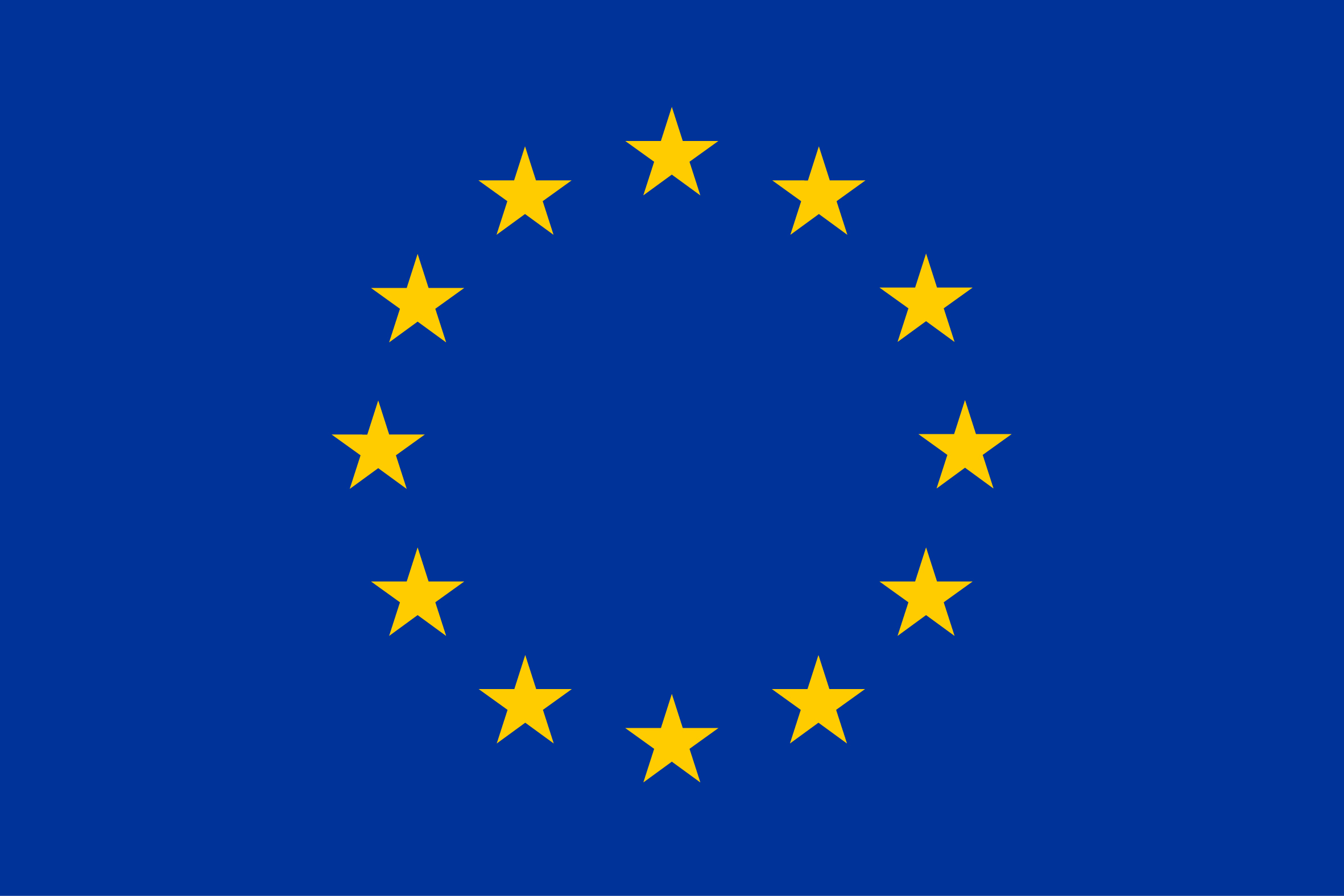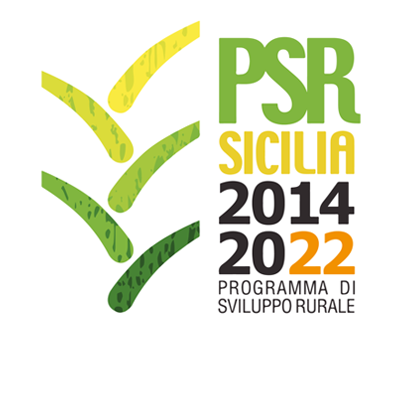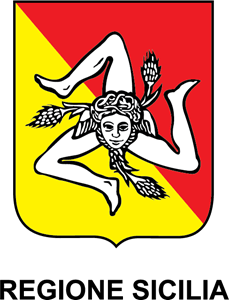Damaskini
Country
Specie
ISO3
CYP
Language
cypr.
Transboundary name
Damascus
Other name
Damascou
Breed classification (adaptedness)
Native
Breed classification (geographic)
International
Adaptability to specific environment
Well adapted to the local environment but requires good management and feeding.
Specific reproductive characteristic
Seasonal breeder with cycles from September to March, variable out of season response to the
Other special qualities
male
Efabis genetic features
effect, high prolificacy.
Efabis environmental role
Milk is used for the traditional halloumi cheese, kid meat is widely consumed and of good quality.
Efabis adaptability to marginal land
Very good growth rate.
Number of horns females
0
Wither height females
0/2
Weight males
0.00
Herdbook
77
Herdbook established
85
Domestication status
67
Taxonomic classification
very long ears
Description of origin
y
Year of origin
2003
Import
domestic
Location within country
Breed
Local cryo conservation status
imported from Syria, locally adapted
Local Risk
1940
Regional Transboundary Risk (detailed)
country-wide, mostly in plain areas
International Transboundary Risk detailed
No Information
Machaeras
Country
Specie
ISO3
CYP
Breed classification (adaptedness)
Native
Breed classification (geographic)
Local
Additional information
2204: source of data: Department of Agriculture
Additional information comments
One of the best goat breeds under extensive management systems.
Adaptability to specific environment
Very well adapted to the local harsh environment(very hot dry summer). Exploits hilly and low mountainous areas.
Specific reproductive characteristic
Very fertile, high prolificacy (1.9kids/dam), exceptionally high response of adult and prepubertal females to the male effect during anoestrus.
Special characteristic of product
The native Machaeras breed produces milk of high fat and protein content giving excellent halloumi, the traditional local cheese. Kid meat is lean and very tasty.
Efabis adaptability to marginal land
mountain
Color comments
uni coloured: white, occasionally black or dark brown spots on head and legs
Number of horns males
2
Number of horns females
0
Horn shape size and comments
long twisted
Wither height females
74
Weight males
65.00
Weight females
55.00
Other specific visible traits
short hair, very small erect ears
Herdbook
n
Domestication status
domestic
Taxonomic classification
Breed
Description of origin
indigenous breed
Location within country
hills and mountains especially in Lemesos and Pafos districts
Local cryo conservation status
No Information
Local Risk
At Risk
Detailed local risk status
Vulnerable
French Alpine
Country
Specie
ISO3
CYP
Language
eng.
Transboundary name
French Alpine
Other name
Alpin
Breed classification (geographic)
International
Number of horns males
0
Number of horns females
0
Herdbook
n
Domestication status
domestic
Taxonomic classification
Breed
Description of origin
imported from France
Year of origin
2002
Location within country
central plain
Local cryo conservation status
No Information
Local Risk
Unknown
Detailed local risk status
Unknown
International Transboundary Risk detailed
Endangered
Cyprus
Country
Specie
ISO3
CYP
Transboundary name
Cyprus
Other name
Ntopia, Cyprus Free Range
Breed classification (adaptedness)
Locally adapted
Breed classification (geographic)
International
Additional information
A white variety exists in the mountains which is rare; 2005: Source: Department of Agriculture
Adaptability to specific environment
The animals are well adapted to hilly and low mountainous regions and to the hot dry climate during summer.
Specific reproductive characteristic
This breed is characterised by high prolificacy.
Special characteristic of product
Traditional halloumi cheese of very good quality is produced from the milk of these goats.
Other special qualities
Very good grazing/browsing ability.
Efabis adaptability to marginal land
mountain, semi desert
Color comments
uni coloured: white in mountains <br>multi coloured: spotted in hills
Number of horns males
2
Number of horns females
0
Weight males
50.00
Weight females
45.00
Other specific visible traits
short hair, erect ears
Herdbook
n
Domestication status
domestic
Taxonomic classification
Breed
Description of origin
composite of local goats and Damascus (Shami)
Import
since 1970, 5-20% from Shami (Syria)
Location within country
country-wide
Local cryo conservation status
No Information
Local Risk
Unknown
Detailed local risk status
Unknown
International Transboundary Risk detailed
Unknown
Pekin
Country
Specie
ISO3
CYP
Language
eng.
Transboundary name
Pekin
Other name
Papia
Breed classification (geographic)
International
Additional information
2004: source of data: Department of Agriculture
Avian classification
industrial
Domestication status
domestic
Taxonomic classification
Breed
Description of origin
importation from United Kingdom as day old ducklings which are raised for 7-8 weeks and then processed for the catering industry
Location within country
lowland areas
Local cryo conservation status
No Information
Local Risk
Unknown
Detailed local risk status
Unknown
International Transboundary Risk detailed
Not at Risk
Barbary
Country
Specie
ISO3
CYP
Breed classification (geographic)
Local
Herdbook
n
Domestication status
domestic
Taxonomic classification
Breed
Location within country
lowland areas
Local cryo conservation status
No Information
Local Risk
Unknown
Detailed local risk status
Unknown
Ornithes Avgoparagogis
Country
Specie
ISO3
CYP
Breed classification (geographic)
Local
Additional information
The above population consists of 110 000 broiler type chicken (hybrids) and breeding hens (parent stock), which are imported and raised for hatching egg production for the local poultry industry.
Avian classification
industrial
Weight males
3.50
Weight females
2.50
Herdbook
n
Domestication status
domestic
Taxonomic classification
Line
Description of origin
continually imported from USA and Europe
Location within country
country-wide
Local cryo conservation status
No Information
Local Risk
Unknown
Detailed local risk status
Unknown
Ornithes (Argoparagogis)
Country
Specie
ISO3
CYP
Language
_
Breed classification (geographic)
Local
Additional information
The above stock is imported as day-olds and raised for hatching egg production for the needs of the local egg production units.
Domestication status
domestic
Local cryo conservation status
No Information
Local Risk
Unknown
Detailed local risk status
Unknown
Friesian-Holstein
Country
Specie
ISO3
CYP
Language
eng.
Transboundary name
Holstein (black and white)
Other name
Frislandiki
Breed classification (geographic)
International
Adaptability to specific environment
Animals of this breed are well adapted to the local environment.
Number of horns males
0
Number of horns females
0
Herdbook
y
Domestication status
domestic
Taxonomic classification
Breed
Description of origin
imported from 1950-1975; semen continually imported
Year of origin
1950
Location within country
Lefkosia , Larnaca districts
Local cryo conservation status
No Information
Local Risk
Unknown
Detailed local risk status
Unknown
International Transboundary Risk detailed
Not at Risk
Cyprus
Country
Specie
ISO3
CYP
Other name
Kypriaki
Breed classification (geographic)
Local
Additional information
2004: source of data: Department of Agriculture
Additional information comments
Morphology/Specific Visible Trait: small hump (usually)
Adaptability to specific environment
The animals are well adapted to the hot and dry summers.
Color comments
uni coloured: fawn to black
Number of horns males
2
Number of horns females
2
Weight males
570.00
Weight females
520.00
Other specific visible traits
similar to Damascus, Egyptian, Lebanese
Domestication status
domestic
Taxonomic classification
Breed
Description of origin
composite of Zebu and humpless; similar to Damascus, Egyptian and Lebanese; indigenous breed
Location within country
Pafos and Lemesos districts
Local cryo conservation status
No Information
Local Risk
Unknown
Detailed local risk status
Unknown




